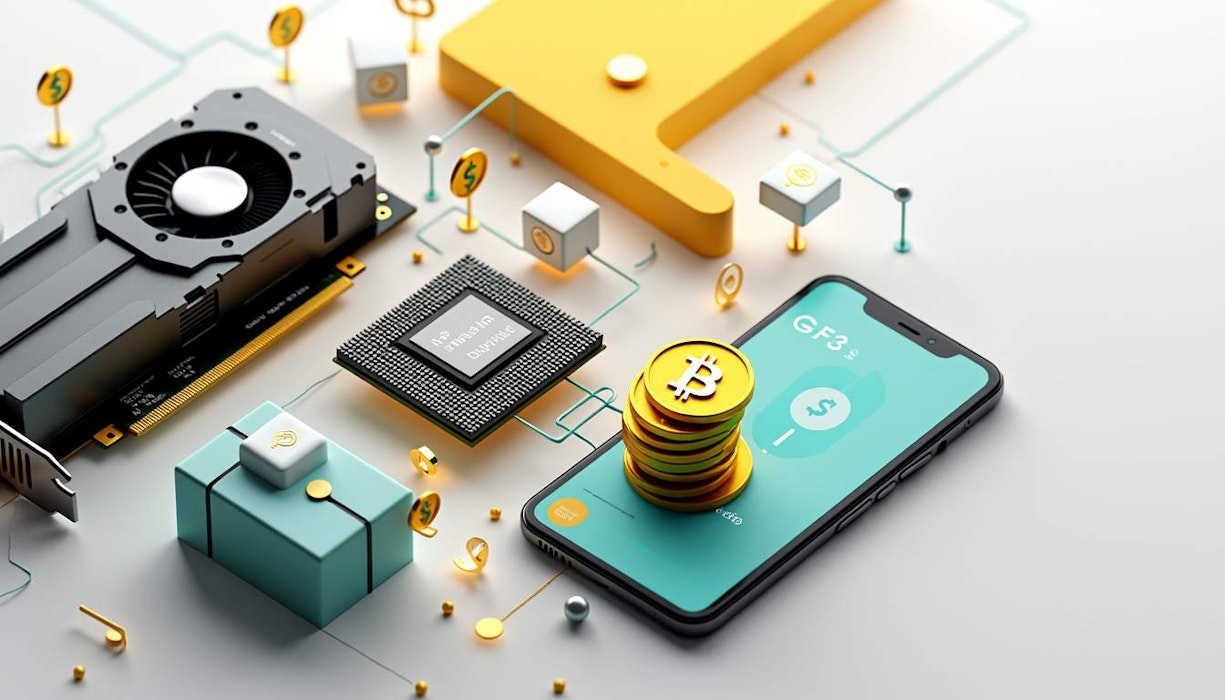Enter the Tokenized GPU Marketplace
Aethir and Injective have teamed up to bring us the first-ever tokenized GPU marketplace. Sounds cool, right? This new venture aims to change how developers, researchers, and institutions get their hands on high-performance GPUs—basically, the workhorses behind AI technologies. By tokenizing GPU compute power, they promise a more flexible and cost-effective way to access computing resources. But is it all good news?
How Do Tokenized GPUs Change the Game?
Here's how it works: GPUs are essential for AI development because they can perform massive parallel calculations at lightning speed. Unlike CPUs, which can be a bit slower when processing large datasets, GPUs are designed for heavy lifting. The partnership aims to tackle the high costs and limited access issues by making GPU resources tokenized, which could reach a wider audience.
What’s in It for Us?
Now, let’s talk benefits. The tokenized GPU marketplace opens up a few interesting features that could shake things up: - First off, fractional ownership means you only buy the compute power you actually need. No more sinking a ton of cash into hardware that might sit idle. - Instant utility and composability allow these tokenized GPUs to integrate into various applications, like decentralized finance (DeFi) platforms. - The real-time resource trading aspect is particularly intriguing. You can buy, sell, or lease GPU compute power as needed. - Smart contracts make sure that transactions are automated, transparent, and secure. - Global accessibility means you’re not limited by geography when it comes to high-performance computing.
What’s the Fallout for Traditional Markets?
The tokenization of GPU resources could have some serious implications for the traditional GPU market, which is currently dominated by companies like Nvidia: - Democratization: More people can access high-performance computing without needing to shell out large sums upfront. - Market Efficiency: A decentralized marketplace could lead to better utilization of existing resources, which might reduce the need for new hardware. - New Revenue: Idle GPU providers can monetize their resources, which is a win for them. - Sales Impact: The ability to rent or lease GPU resources could change how companies like Nvidia approach sales. - Addressing Shortages: Tokenized GPUs could help ease shortages by optimizing existing hardware usage.
What Risks Are We Taking?
But hold your horses; integrating blockchain and AI through tokenized GPUs isn’t without potential pitfalls: - Scalability: This integration is resource-intensive, leading to some serious scalability challenges. - Data Privacy: Balancing data privacy with adequate access for AI training is tricky. - Security Risks: AI in blockchain environments could face adversarial attacks and smart contract vulnerabilities. - Regulatory Hurdles: Both AI and blockchain are in largely uncharted regulatory waters, presenting risks. - Integration Complexity: The differing architectures of AI and blockchain can make integration complicated. - Market Volatility: The AI token market is highly volatile, which is a financial risk.
Are Tokenized GPUs a Safe Bet?
So what about tokenized assets like GPUs in hyperinflationary economies? They do have a few perks: - Stability: They can be decoupled from local currencies, offering a more stable store of value. - Global Access: These assets can be traded globally, providing better liquidity. - Fractional Ownership: Tokenization allows for fractional ownership, lowering entry barriers and increasing liquidity. - Transparency: Blockchain tech means more transparent and secure transactions.
And what about DeFi? Tokenizing computational resources could bolster the DeFi ecosystem by bringing more assets on-chain, improving liquidity, and reducing costs. It’s not a stretch to imagine that tokenized computational resources might be collateralized in the same way as other assets.
In summary, while the tokenization of GPUs could make things more accessible and efficient, it may not be all sunshine and rainbows. The traditional GPU market might need to shift gears to keep up.
